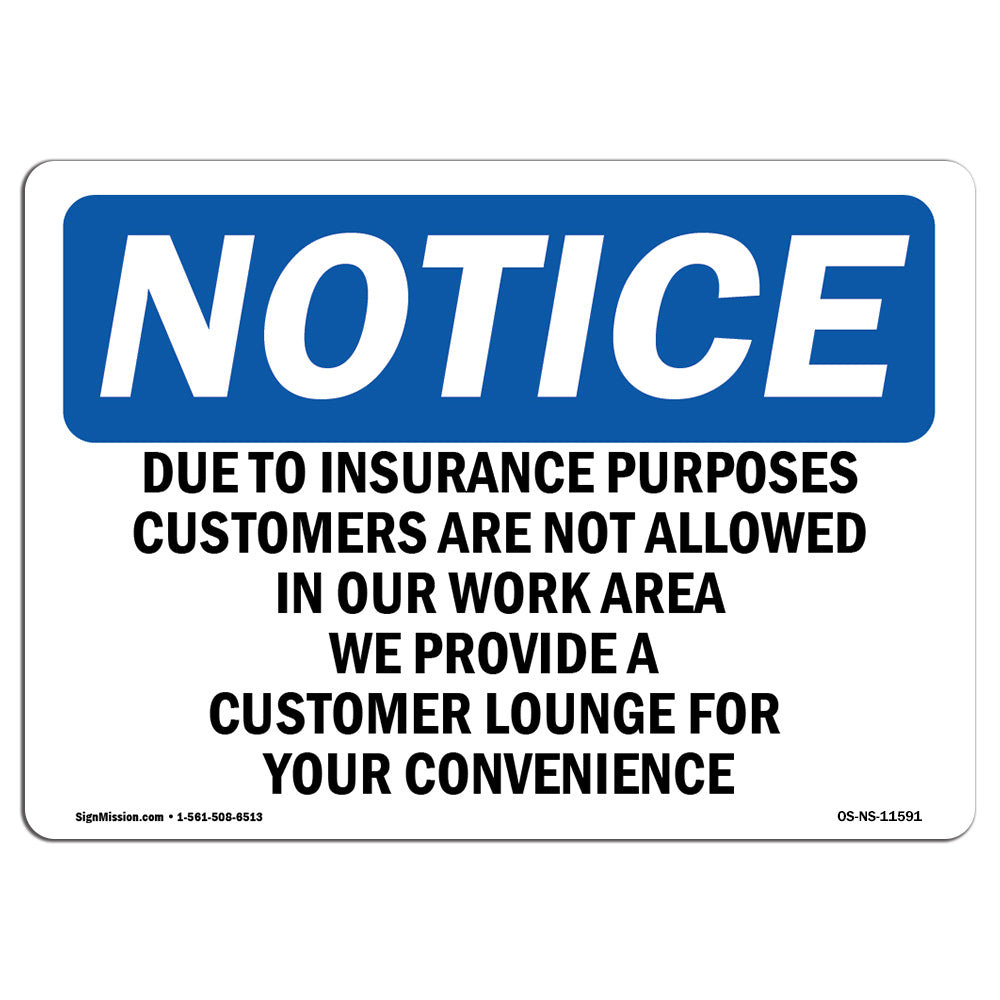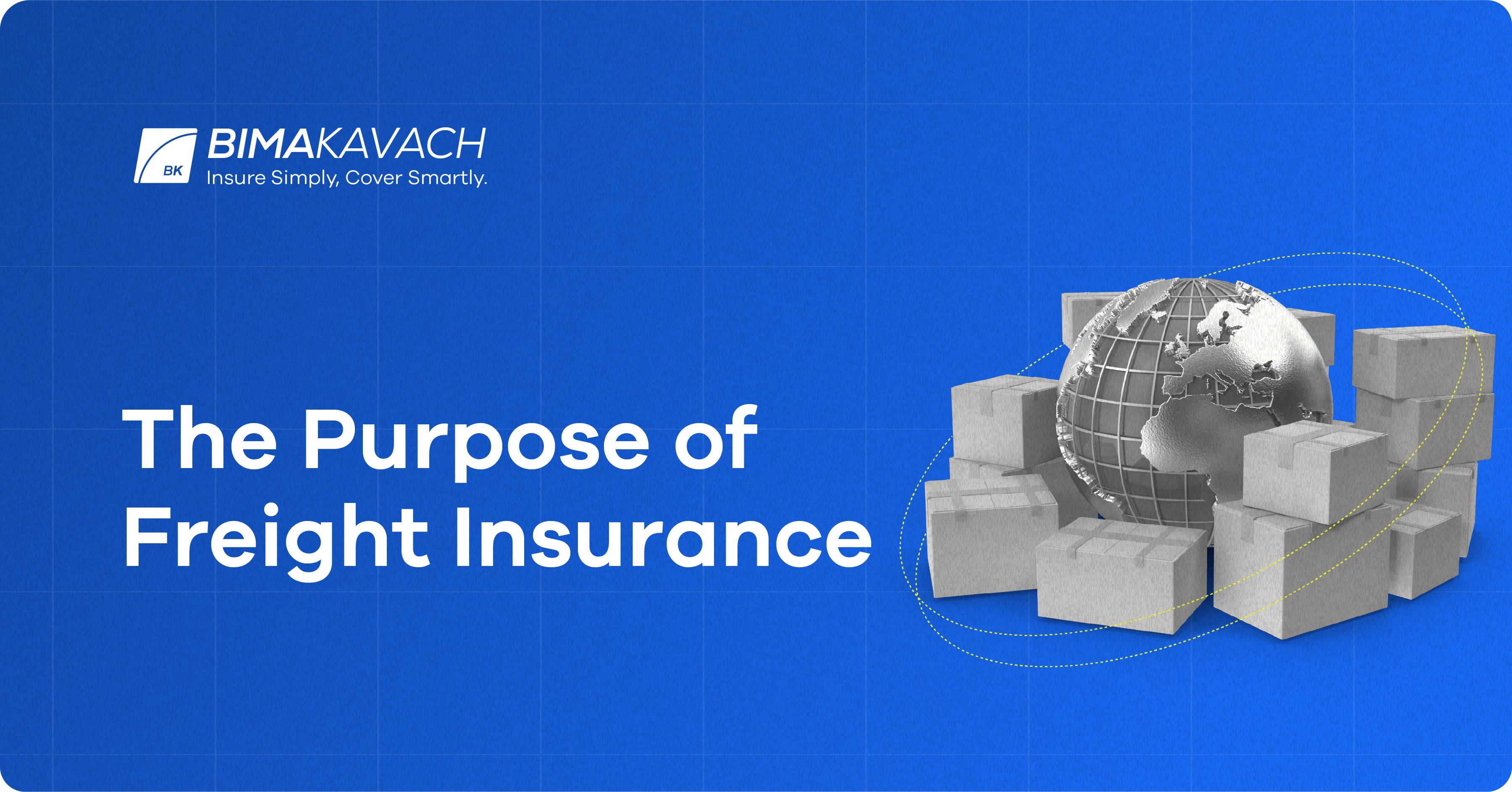Unknown Facts About Pacific Prime
Unknown Facts About Pacific Prime
Blog Article
The Of Pacific Prime
Table of ContentsSome Known Factual Statements About Pacific Prime The 25-Second Trick For Pacific PrimePacific Prime Things To Know Before You Get ThisThe Definitive Guide for Pacific Prime
In most states, the insurance provider is required to send you a duplicate of the modifications to your policy. It is necessary that you review Endorsements or Bikers so you recognize exactly how your policy has altered and if the plan is still adequate to satisfy your needs. To acquire a duplicate of your insurance coverage plan, please contact your insurance representative or firm.
The Institute of Medication (IOM) Board on the Repercussions of Uninsurance launches an extended examination of evidence that addresses the value of medical insurance coverage with the magazine of this report. Coverage Matters is the first in a collection of six records that will be issued over the following two years recording the reality and repercussions of having actually an approximated 40 million individuals in the United States without medical insurance protection.

The Facts About Pacific Prime Revealed
The objective of this series of research studies is to redouble plan focus on a historical issue. Complying with the longest financial expansion in American history, in 1999, an estimated one out of every six Americans32 million adults under the age of 65 and more than 10 million childrenremains without insurance (Mills, 2000).

10 percent of the population represent 70 percent of health and wellness care expenses, a relationship that has stayed continuous over the past 3 years (Berk and Monheit, 2001) - group insurance plans. Thus medical insurance remains to offer the function of spreading out danger also as it increasingly funds routine treatment. From the point of view of health and wellness treatment service providers, insurance carried by their individuals helps secure an earnings stream, and communities take advantage of economically viable and secure healthcare specialists and establishments
Government supplies medical insurance to populaces whom the private market may not serve efficiently, such as handicapped and elderly persons, and populations whose access to wellness treatment is socially valued, such as kids and expectant females. The supreme ends of medical insurance coverage for the specific and areas, consisting of workplace communities of workers and employers, are boosted health end results and top quality of life.
The Pacific Prime Statements
Workers rate medical insurance initially by much in importance among all the advantages used in the workplace (Salisbury, 2001). There have been substantial investments of personal and public funds to provide health insurance policy, several individuals still have no insurance coverage. Regardless of comprehensive coverage of survey findings and healthcare study results, the general public continues to be overwhelmed and misinformed concerning Americans without medical insurance and the ramifications of doing not have protection.

Without inquiry, the complexity of American health care financing systems and the riches of resources of details contribute to the general public's confusion and hesitation concerning health and wellness insurance stats and their analysis. This report and those that will certainly adhere to purpose to boil down and provide in readily reasonable terms the extensive research that bears upon inquiries of medical insurance protection and its relevance.
Fifty-seven percent of Americans questioned in 1999 believed that those without health and wellness insurance coverage are "able to obtain the care they need from medical professionals and medical facilities" (Blendon et al., 1999, p. 207). In 1993, when national attention was concentrated on the problems of the uninsured and on pending wellness treatment regulation, simply 43 percent of those surveyed held this belief his comment is here (Blendon et al., 1999).

They additionally receive fewer preventative solutions and are much less likely to have regular take care of chronic conditions such as high blood pressure and diabetes mellitus. Chronic conditions can lead to pricey and disabling complications if they are not well managed (Lurie et al., 1984; Lurie et al., 1986; Ayanian et al., 2000). One nationwide survey asked greater than 3,400 grownups concerning 15 very significant or dark problems.
Getting My Pacific Prime To Work
Extra proof is offered later on in this chapter in the conversation of insurance policy and access to healthcare. https://pubhtml5.com/homepage/pspip/. Individuals without health and wellness insurance coverage are young and healthy and choose to do without insurance coverage. Almost fifty percent (43 percent) of those checked in 2000 believed that people without medical insurance are most likely to have illness than people with insurance policy
Voters and policy makers in emphasis team conversations identify those without insurance coverage as young individuals who have the possibility to be covered and feel they do not need it (Porter Novelli, 2001). Compared to those with a minimum of some exclusive protection, the uninsured are much less likely to report remaining in exceptional or really good health (Company for Healthcare Study and Top Quality, 2001).
RESOURCE: Center for Expense and Funding Research Studies, Company for Health Care Research Study and Top quality, based on MEPS data. Young adults between 19 and 34 are much more likely to lack medical insurance than any kind of various other age. This is chiefly due to the fact that they are much less usually qualified for employment-based insurance policy because of the nature of their work or their brief tenure in it.
The understanding that individuals without insurance have better-than-average health follows from perplexing the fairly young age profile of the without insurance with the much better health, on average, of more youthful persons. This covers the web link in between health and wellness condition and medical insurance. For those without accessibility to office medical insurance, inadequate health is a possible obstacle to purchasing nongroup insurance coverage because such insurance coverage may be highly priced, omit pre-existing conditions, or be simply not available.
Report this page